It was granted city status on April 21, 1926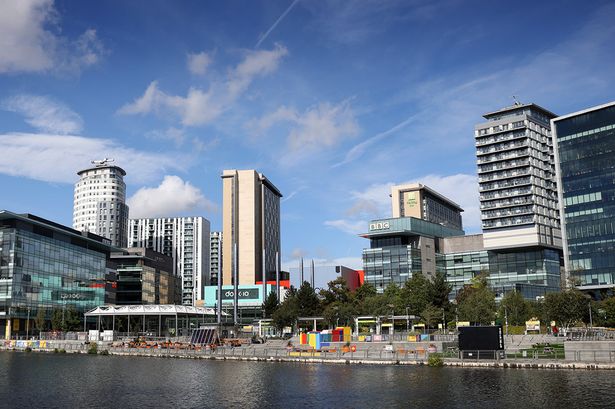 MediaCityUK at Salford Quays (Image: Sean Hansford | Manchester Evening News)
MediaCityUK at Salford Quays (Image: Sean Hansford | Manchester Evening News)
Back in the late 90s a councillor suggested the twin cities should merge. His vision was of a place called “Salchester”.
He could see what was coming – the regeneration of Manchester city centre spreading over the river to “the other side”.
Councillor Jim King’s idea triggered derision amongst some fellow Salfordian council members. But his prediction about the march of new tower blocks straddling the River Irwell was spot on.
Salford has without doubt benefited from Manchester’s dynamic growth in the last three decades. But it remains proud of its own identity. Some might argue a certain picture of The Smiths outside Salford Lads Club has done more to put the city on the global map than the graft and guile of civic leaders.
But the gamble on buying land at the desolate Salford docklands was driven by city leaders. The sign at the entrance to the basins on Trafford Road used to say “Manchester Docks”.
In a deal finalised behind closed doors the council decided to pay £1m for the empty docklands which had once been the spine of the city’s economy.
That decision would not only create Salford Quays – but help cement Greater Manchester’s reputation as the foremost city region outside the capital.
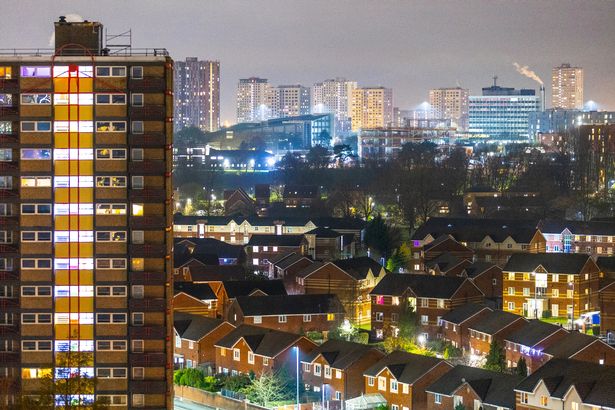 The city of Salford(Image: Joel Goodman)
The city of Salford(Image: Joel Goodman)
The development of the docks also brought in 2000 the Lowry arts centre and then MediaCity UK.
Next year, as Salford continues to see colossal investment in new homes and offices – albeit not without controversy – the city will be officially 100 years old.
A year-long series of cultural and civic events are in the pipeline.
In reality these days, “Salford” is a number of small towns – including Eccles, Swinton, Irlam, Cadishead, Worsley, and Walkden – created by the reorganisation of local government.
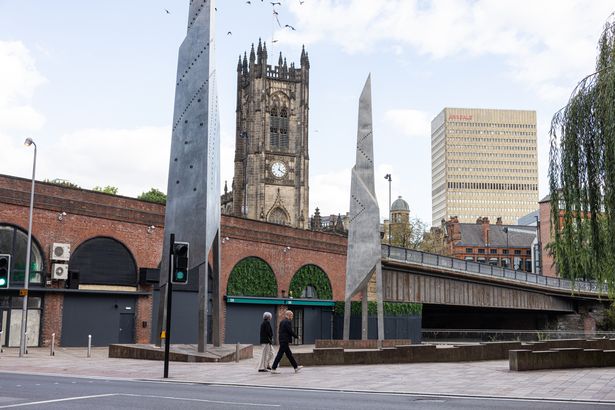 Greengate Square – the original Salford township was based in the area. (Image: Kenny Brown | Manchester Evening News)
Greengate Square – the original Salford township was based in the area. (Image: Kenny Brown | Manchester Evening News)
The original Salford was across the river from Manchester Cathedral – the district now called Greengate. Beyond it are the areas of Pendleton, Broughton, and Kersal.
The County Borough of Salford was awarded city status by Royal Charter from King George V on April 21, 1926 – more than 70 years after Manchester.
It came after a campaign supported by the Home Secretary, William Joynson-Hicks – formerly MP for a Manchester constituency – despite opposition from civil servants who described Salford as “merely a scratch collection of 240,000 people cut off from Manchester by the river”.
 Salford Quays (Image: Sean Hansford | Manchester Evening News)
Salford Quays (Image: Sean Hansford | Manchester Evening News)
To mark the centenary, Salford has launched “Salford 100” – “a programme of cultural, civic and community celebrations that will explore the city’s past, celebrate its present, and imagine its future.”
Led by communities, it will include street parties and exhibitions, storytelling and arts festivals, to “reflect the people and places that make Salford unique.”
Creative producers, Walk the Plank and From the Other, will develop the events in partnership with residents and organisations.
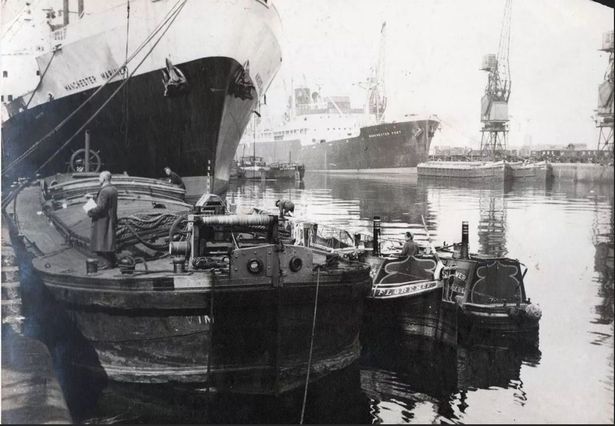 Salford docks once a busy port with the Trafford Road district being dubbed “The Barbary Coast”.
Salford docks once a busy port with the Trafford Road district being dubbed “The Barbary Coast”.
Residents, schools, community groups, and organisations are invited to help shape the Centenary year by sharing ideas through an online survey; applying for funding to host their own events, and signing up for a Salford 100 newsletter.
Salford City Mayor, Paul Dennett, said: “As Salford approaches its centenary year, we proudly reflect on a city shaped by bold ideas and bold people. Over the decades, Salford has led with firsts, from pioneering public services to cultural achievements, and those foundations continue to inspire our future.
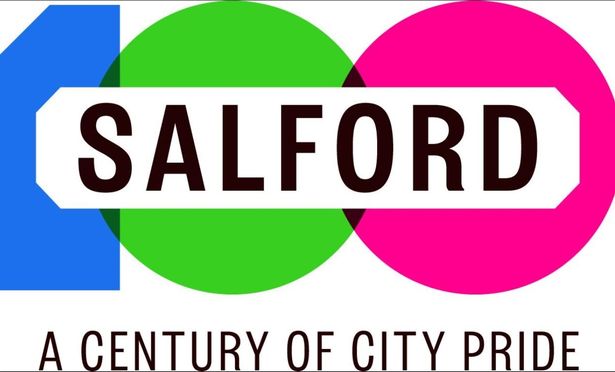 A year-long celebration of Salford’s centenary as a city will take place next year.
A year-long celebration of Salford’s centenary as a city will take place next year.
“The launch of the Salford Centenary programme is more than symbolic: it’s an invitation. To every resident, community group, school, and business: step forward, share your story, and add your voice to our city’s celebration. Together, we will honour our past, celebrate our present, and write the next chapter for a Salford that is innovative, inclusive, and full of promise.
“I look forward to seeing Salford come alive even more in its centenary year, and encourage everyone to get engaged, take pride, and help make this a centenary to remember.”
Below are links to Salford 100 information.
https://www.salford100.org.uk/
https://shaping.salford.gov.uk/en-GB/projects/salford-centenary%20 – survey
https://www.salford100.org.uk/ – subscribe to newsletter
https://www.salford100.org.uk/get-involved/ – funding
https://www.salford100.org.uk/get-involved/ – toolkit
